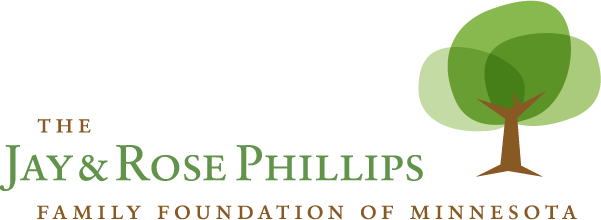By Kia Her, Employment Research and Evaluation Coordinator- Goodwill-Easter Seals Minnesota
If you have ever been involved in workforce development, you have probably heard the terms “racial disparities” and “racial equity” being mentioned more recently. What do these words mean and why are we hearing them more often?
After I started my year of service as a PSEI AmeriCorps VISTA, it became clearer to me what racial disparities and racial equity meant for the state of Minnesota and for me.
When I first read the description of my VISTA project, I was attracted to the combination of research, data, and race. My major assignment involves coordinating the evaluation of training provided by Goodwill-Easter Seals Minnesota through a racial equity lens. As a recent graduate with my bachelor’s degree in Sociology, I thought it would be a great opportunity for me to practice my skills and learn more about racial issues in my community. Although I knew the importance of my project, I couldn’t have imagined the depth and impact it had the potential to make in our community. It took me a couple of months to understand its value and complexity.
Every day, the words that guide my work are disparities, equity, race, and employment. How do all these words connect together? I did a lot of research: reading long reports, attending events, and finding what others are doing around racial disparities. I came to understand that racial disparities manifested themselves as differences in access and opportunities between racial groups. Here are some findings I would like to share:
- Minnesota has the largest unemployment disparities between Whites and Blacks even though Minnesota has one of the lowest unemployment rates compared to other U.S. states.
- American Indians & Blacks have the lowest labor force participation rate out of all racial groups in Minnesota.
- Minnesota’s population will become increasingly diverse. By 2035, people of color are projected to make up 24.8% of the population in Minnesota.
- There are many organizations, nonprofits, and coalitions that are dedicated to eliminating racial disparities. (Everybody In, Growth & Justice, Voices for Racial Justice, ITASCA Project, HIRE MN, and more!)
After seeing the term racial equity simultaneously with racial disparity, it clicked in my mind that racial disparity is the issue and racial equity is the solution. Equity by itself means that everyone is receiving the resources that they need to succeed whether or not some need more resources than others.
Before we start finding or creating solutions, it is important to acknowledge that racial disparities are lived experiences that people encounter every day. Among the causes of racial disparities are structural and institutional racism that have been deeply embedded into our society throughout history. Not only did I learn about employment disparities, I also began to see other words being used such as “health equity”, the “achievement gap”, and the “skills gap”, all of which are deeply related and intertwined. It took me a while to wrap my head around all these intersections that play an important role in contributing to racial disparities.
I was surprised to see that there is a lot of movement and energy in our community on working towards racial equity. There is a lot of work being done to regain voting rights for ex-offenders, of whom the majority in Minnesota are Black. There is work being done to combat racial prejudice and bias in the workforce and increase opportunities for people of color. There is also work being done in our education system to better educate our increasingly diverse student population and decrease the achievement gap.
Now, you may be thinking “why is this work on racial equity important for workforce development?”
Hopefully all of us have heard that the United States is currently in a workforce crisis. We will have a shortage of skilled workers to replace thousands of jobs after the generation of Baby Boomers retire. Not only will our population get older, our population will also become more diverse. If these disparities continue to perpetuate unequal access and opportunity to our daily lives in work, health, education, and other essential parts of life, how will we be able to continue to strengthen our economy, workforce, and our own dreams? What if I had to try three times harder just to get a decent job because of my race? What if my children didn’t receive the same quality education and access to resources as other children because of their race? What if our outcomes can no longer be determined by race?
These questions and experiences aren’t new. There is a long history of these struggles throughout the world. It’s great that we are beginning to more publicly tackle racial disparities that exist in our community and create racial equity. It takes courage to talk about race and admit that there is a real problem. Therefore, I am proud that Minnesota has taken action. I applaud the leaders in history and the current leaders who have worked towards racial equity and will continue to work for the quality of our future generations and workforce.
Through my service, I have obtained valuable knowledge and understanding of racial disparities and racial equity, along with the impact it can make in our lives.
I began with curiosity and now I will continue on my journey because it is only still the beginning for me.
What have you learned about racial disparity, racial equity, and workforce development? And how will you be a part of the solution?
Sources:
Austin, Alergernon. 2010. “Uneven Pain-Unemployment by metropolitan area and race.” EPI Briefing Paper #278. Washington D.C.: Economic Policy Institute. http://www.epi.org/publication/ib278/
Minnesota Compass. “Proportion of adults (age16-64) working by racial and ethnic group”. http://www.mncompass.org/workforce/proportion-of-adults-working#1-6026-g
Minnesota Compass. “Persons of Color as a percentage of the total population”. http://www.mncompass.org/demographics/race#1-5107-g
